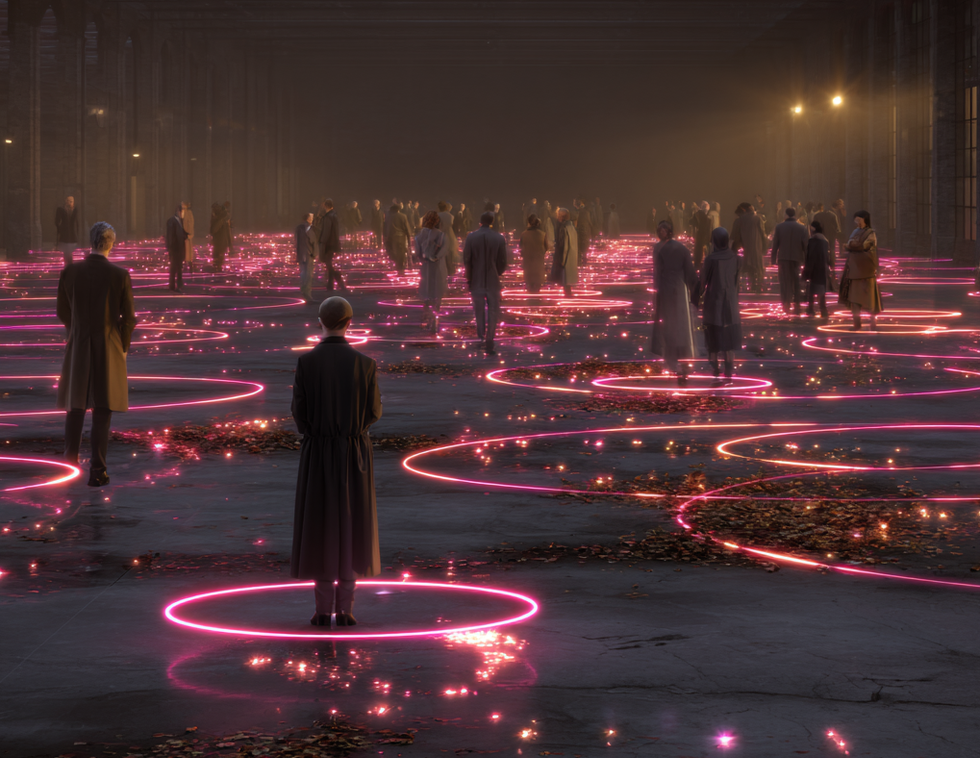By Lou Pizante, The Experientialists
We’ve now reached the point in the immersive experience timeline where even the holograms are starting to ghost us.
In an era where “immersion” is both buzzword and business model, few productions have arrived with as much promise—or as much backlash—as Elvis Evolution. Depending on who you ask, its debut was either a misunderstood success or an expensive lesson in why the King should have just left the building for good.
Launched this July by Layered Reality at Immerse LDN, part of the Excel Waterfront in London, it promised a genre-defining blend of AI, projection, and live music to reimagine the life of the King of Rock.
Audiences drawn in by early promises of holographic spectacle and emotional resonance—expectations set during the show’s development but reshaped by creative changes as it evolved—instead got, according to The Telegraph, “a limp assembly of video, actors, a live band and indifferently recreated sets.”
And at up to £300 a ticket, that’s enough to make a hound dog cry. Though in my experience, most dogs I’ve met will cry if you close the snack jar too loudly.
In any event, there were reports of booing. There were murmurs of walkouts. There were whispers of refunds. As for the latter, Layered Reality insists those are only issued for due cause, not just because the experience failed to kiss you full on the mouth.
It bombed. And also it didn’t
To be fair, not everyone walked out—some were busy having a good time.
But to understand the divide, you have to ask not just what Elvis Evolution is, but what people thought they were getting.
Billed as a fusion of live music, storytelling, and digital performance, the show promised something between a theatrical concert and a retrofuturist tribute.
Somewhere between concept and curtain, a miscommunication—or at least a lack of clarity—opened up a gap between promise and expectation. That vagueness perhaps became the root of the backlash.
To some, it felt like bait-and-switch. To others—particularly through Layered Reality’s lens—it worked. Either because they came in fresh or had a clearer sense of how the show had evolved over two years from its earliest vision. Whether that ambiguity was intentional or just the result of creative drift is up for debate.
“There’s certainly been some noise about confused expectations, but what’s largely ignored is how many people genuinely love the show,” says Andrew McGuinness, CEO of Layered Reality, who has been developing large-scale immersive shows for over a decade. That's no small feat in a medium where longevity is rare.
“You need look no further than TikTok to see newcomers to ‘immersive’ who have found something joyful, en masse.”
Elvis Evolution finds its people
For McGuinness, Elvis Evolution has found its people. Particularly among audiences who weren’t expecting a holographic resurrection so much as a night out with a narrative backbone.
And while it hasn’t generated the same gleeful pile-on energy as the backlash threads, there’s some evidence it’s landing with certain audiences, less sensational, but positive reviews; fan-club shout-outs; and customer feedback suggesting some people left humming rather than hate-posting.
Not fans of Elvis, exactly. Not fans of “mamma-mia-level” tech. Just fans of neon, nostalgia, and a hip shake that says “thank you very much” (and, in the name of multisensory storytelling, a scent diffuser wafting Texan cedar with the colognes Elvis wore—Old Spice, Brut, Hai Karate—meant to either conjure the King in all his sequined glory, or a moose newly awakened to the possibilities of aftershave).
More pointedly, McGuinness argues that the backlash isn’t just about unmet expectations. It’s about the risk of reimagining a beloved IP. “There’s always resistance to the new,” he notes. “This was always an ambitious undertaking and of course with any major IP and a devout fanbase—there were always going to be lots of opinions—we knew that. Fortunately, most are favourable.”
As McGuinness sees it, the backlash isn’t proof of failure so much as proof that big swings in immersive can polarize. Especially when you touch something people feel they already own in their hearts. Once expectations are mismatched, the gap between “what’s on stage” and “what’s in your heart” becomes a chasm no amount of Texan cedar scent or azure Blue Hawaiians can fill.
And when tickets run up to £300, that chasm becomes a canyon people feel entitled to march across with torches.
Not all disappointment is fraud (but, also, sometimes it is)
Wherever you land on Elvis Evolution, whether you think it flopped or found its fans, the critical pile-on reveals something more telling than the show itself.
It’s tempting—as some have done—to file this alongside the two most infamous immersive flameouts of the last 12 months. One being the Detroit Bridgerton Ball (not to be confused with the Netflix‑sanctioned global tour, which received warm reviews). Guests paid up to $1,000 for Regency cosplay and got raw wings, folding chairs, and a surprise pole dancer.
The other is Glasgow’s Willy’s Chocolate Experience. AI-generated promo art lured families into an empty warehouse with some curtains, one Oompa Loompa, and a level of chocolate involvement best described as forensic.
But while those—well, less experiences than spatial phishing scams possibly orchestrated by a nineteen-year-old brand strategist and a USB stick found in a bush—left behind angry audiences and viral headlines (and in those cases, for good reason), the backlash to Elvis Evolution reveals something deeper: the difference between the what and the why.
What happened to just hating the show?
Increasingly, we’ve started treating art we find underwhelming not just as artistic failure, but as ethical failure. If the what disappoints, we assume the why was malicious. In this view, creative misfires must be driven by cynical profiteering, and an imperfect experience becomes proof of greed.
That conflation of output and intent is historically... new.
Critics from Aristotle to Arlene Croce have critiqued form, structure, pacing, and meaning—not the artist’s bank account. Monet wasn’t interrogated for selling too many water lilies. Walter Benjamin warned about the loss of aura in mechanically reproduced art, but not about morally compromised creators.
In the immersive world, though, we now see a kind of digital pitchforking. Reddit threads light up with conspiracy charts. Creators are cast not as flawed artists or overextended showrunners—but as shadowy operators in a wellness pyramid scheme.
Yes, you can argue Elvis Evolution whiffed. But based on publicly available evidence and testimony, it wasn’t designed to fail.
Layered Reality has delivered large-scale immersive productions before, including The Gunpowder Plot and Jeff Wayne’s The War of the Worlds, both of which found audiences and pushed at the edges of the medium. Elvis Evolution was a substantial, risky undertaking from a team with a history of ambitious work.
For many, it has become the immersive world’s chew toy—but that’s a creative miss, not a calculated con.
Critique the what. Be careful with the why
Look, no one’s handing out participation trophies just for creative effort. Good intentions deserve respect. But we can say the magic trick fell flat without alleging the magician ate the rabbit. Disappointment with the result shouldn’t automatically put the motive on trial.
We can critique the what —the narrative, the pacing, the execution—without assigning malice into the why.
Otherwise, we risk turning every artistic misstep into a creative witch trial. We burn bridges instead of learning from scaffolding. And we discourage the very thing immersive needs most: people bold (and foolish) enough to try something different.
In a world where the word “immersive” has apparently lost all meaning, maybe the best way to bridge criticism and cynicism isn’t to reclaim the term—but to reclaim the benefit of the doubt.
This article is part of an ongoing exploration of the evolving immersive landscape—how we lost our way, who’s fighting to bring meaning back, and why it matters. For more on what this column is all about, start with Is This Article Immersive?, where I lay out the mission: reclaiming immersion from the gimmick merchants and giving it back to those who create experiences worth disappearing into.
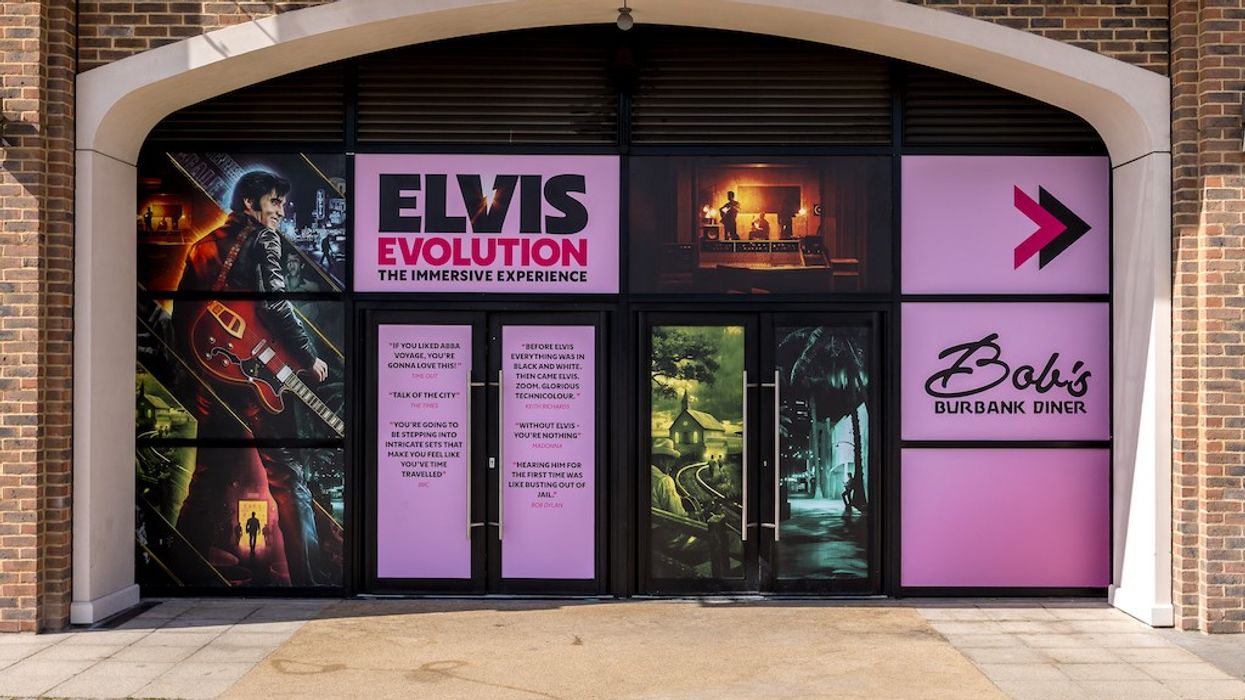






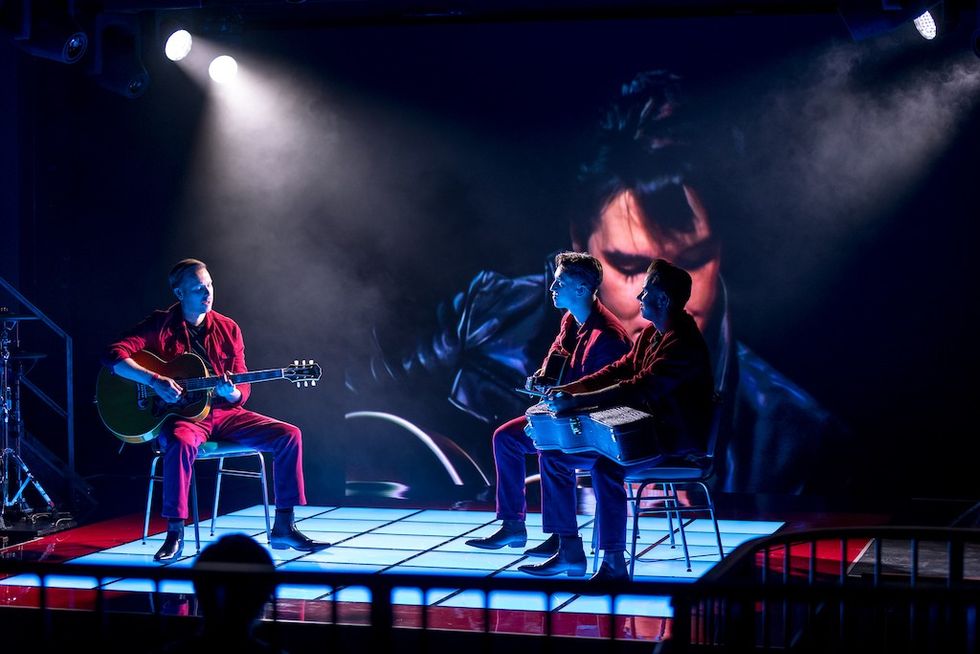
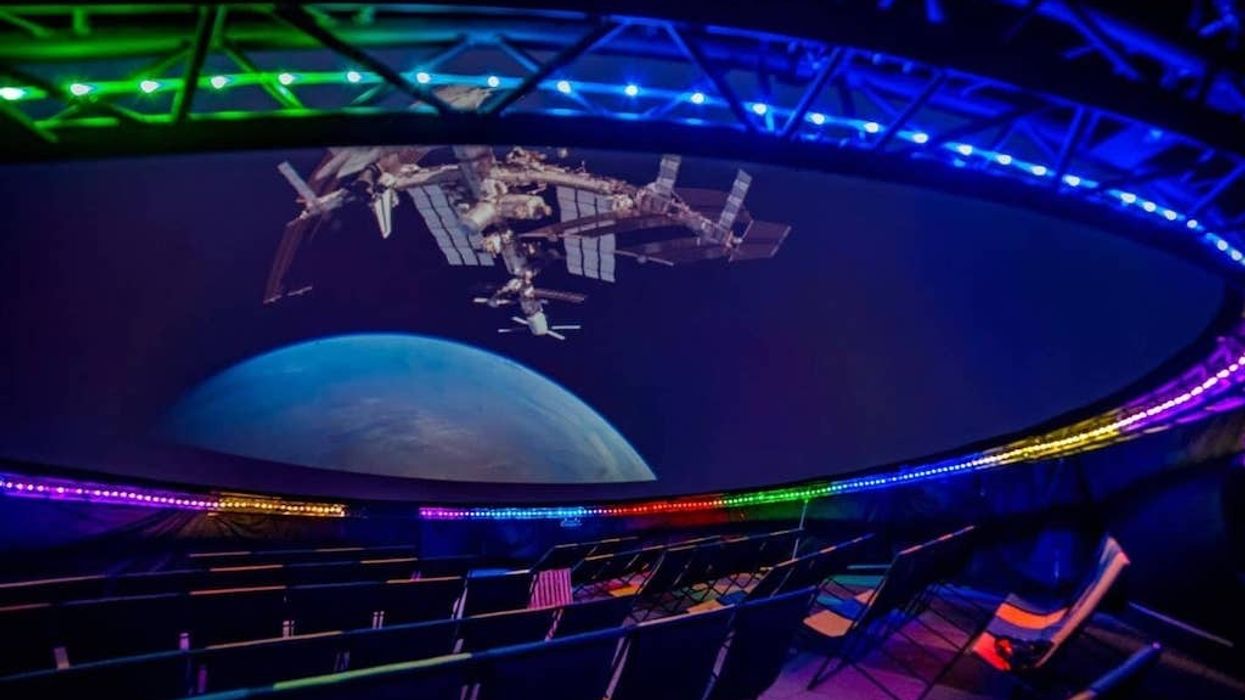

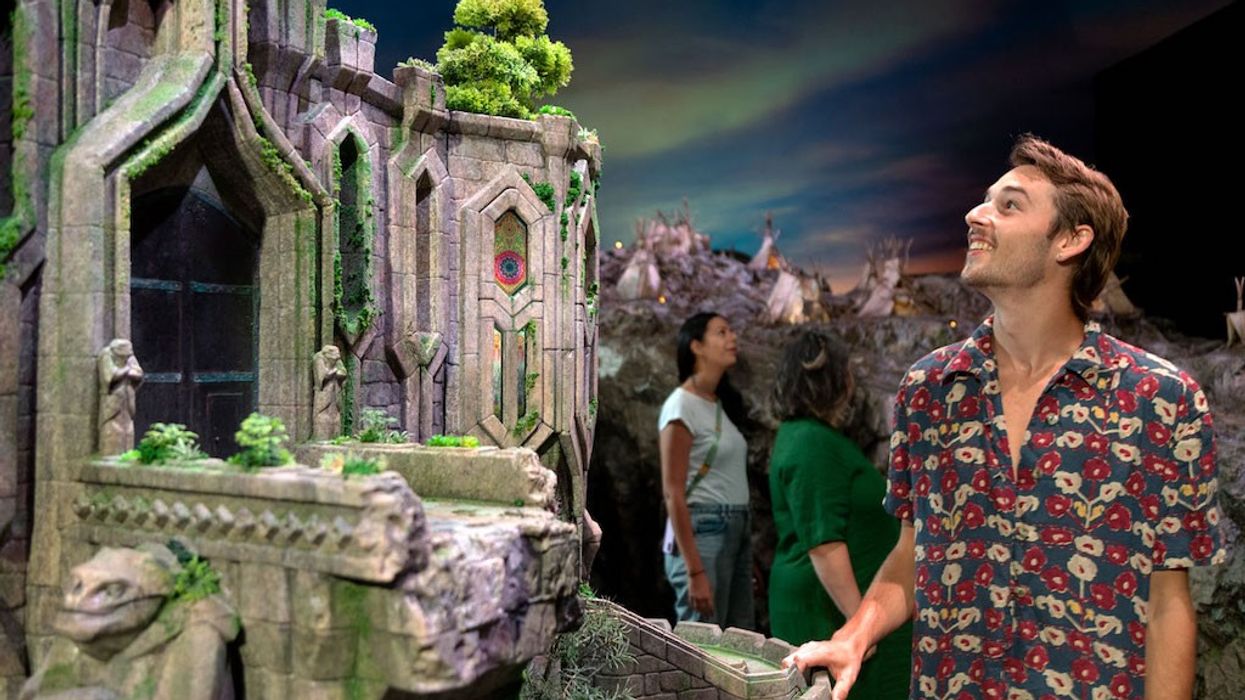


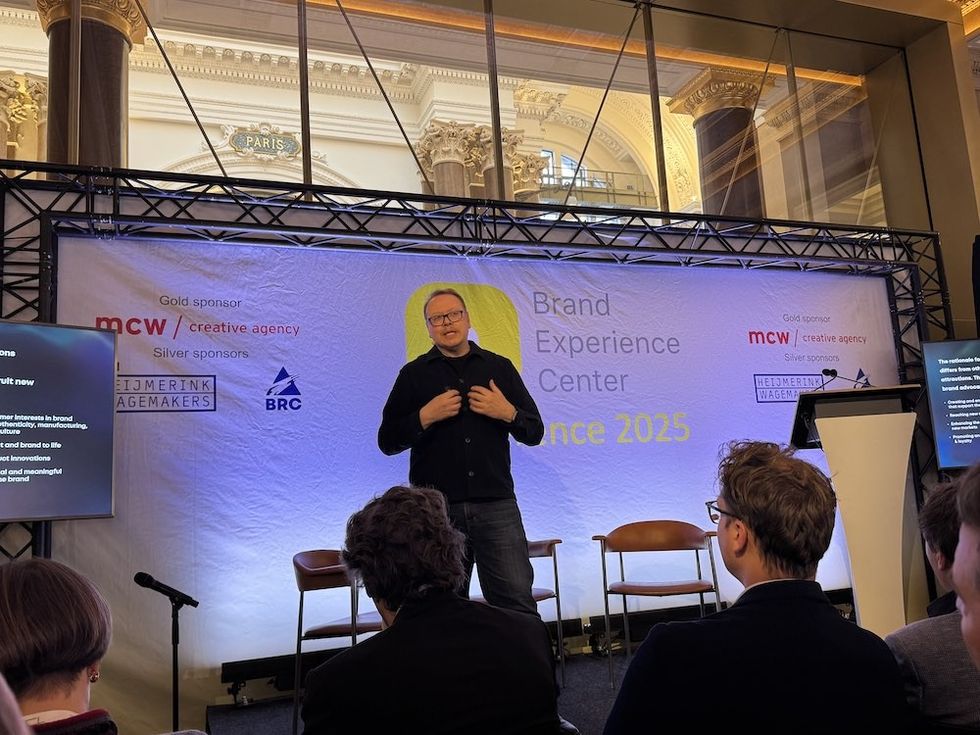 Christian Lachel, chief creative officer, BRC Imagination Arts
Christian Lachel, chief creative officer, BRC Imagination Arts  Image credit AA+W - stock.adobe.com
Image credit AA+W - stock.adobe.com Chocoversum Image credit Sebastian Fuchs
Chocoversum Image credit Sebastian Fuchs  Belgian Beer World
Belgian Beer World 
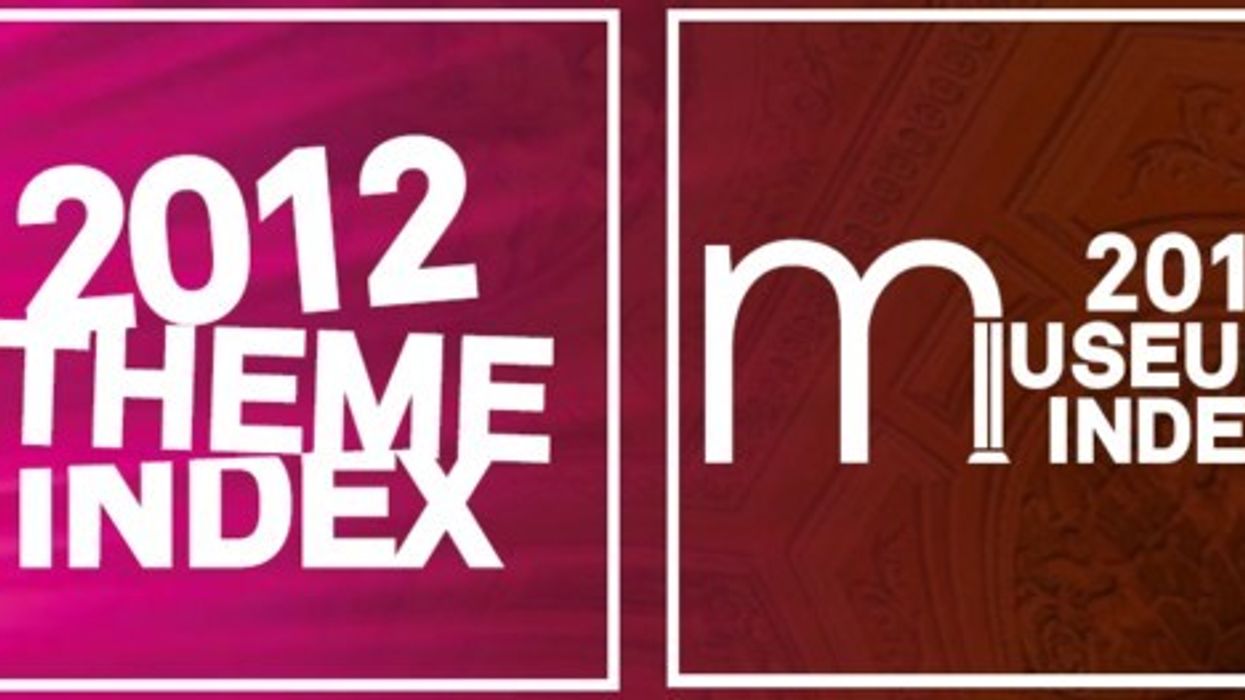




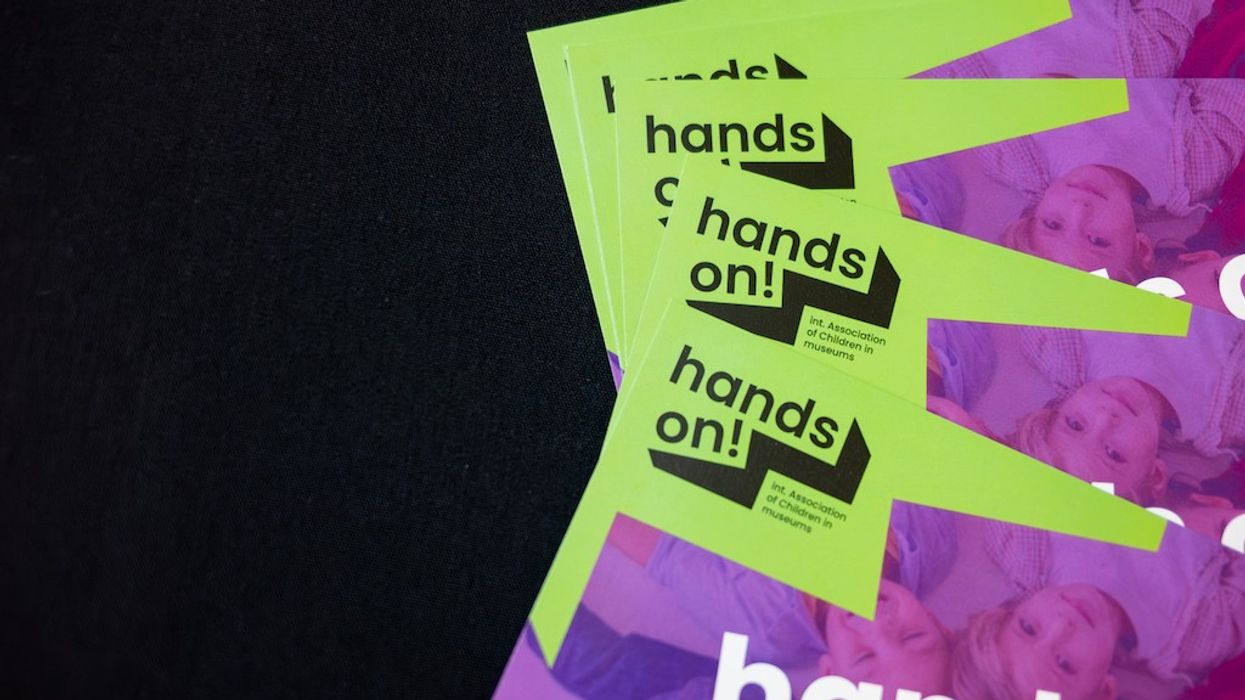

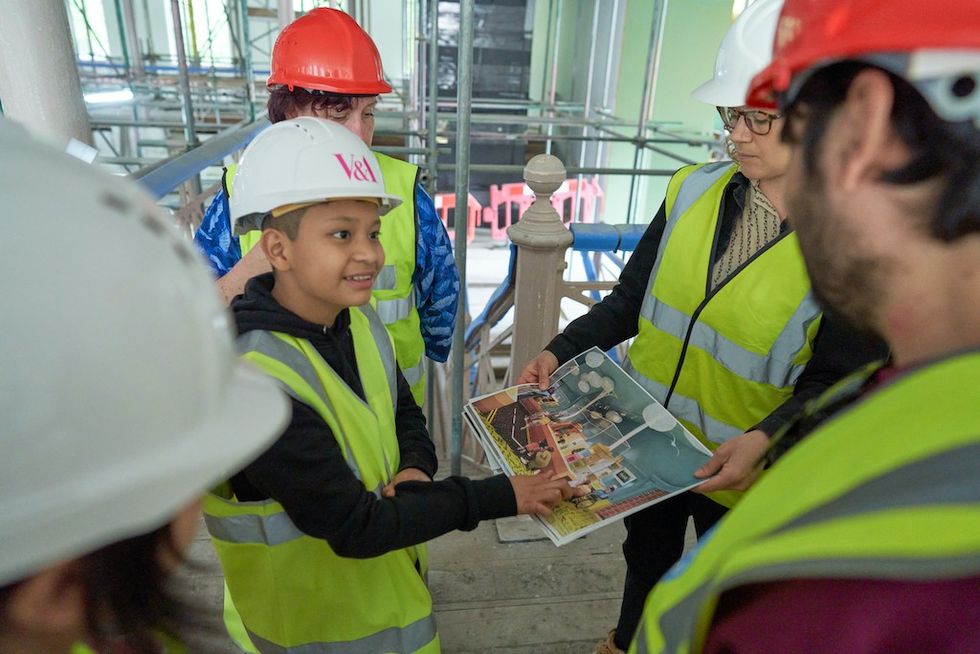 Young V&A Youth Collective members have a tour of the Young V&A construction site. Image courtesy of Young V&A.
Young V&A Youth Collective members have a tour of the Young V&A construction site. Image courtesy of Young V&A.  Floriane Perot and Ellis Hendriksen
Floriane Perot and Ellis Hendriksen
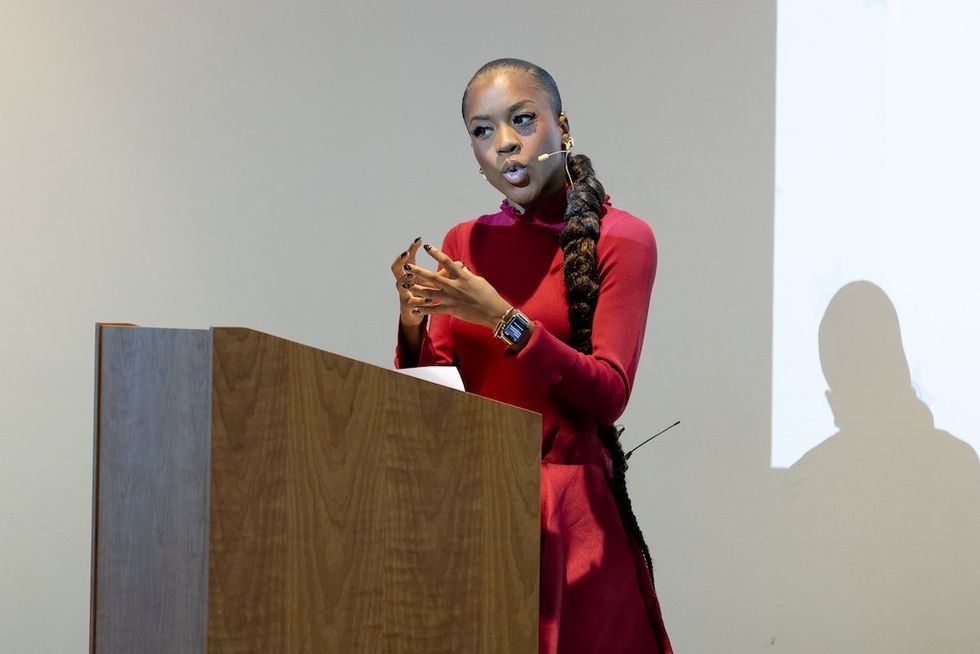 Amber Ogunsanya-William
Amber Ogunsanya-William Tumblestone Hollow adventure playground by CAP.CO
Tumblestone Hollow adventure playground by CAP.CO  Ghaleya Al Mansoori
Ghaleya Al Mansoori
 Dame Rachel de Souza
Dame Rachel de Souza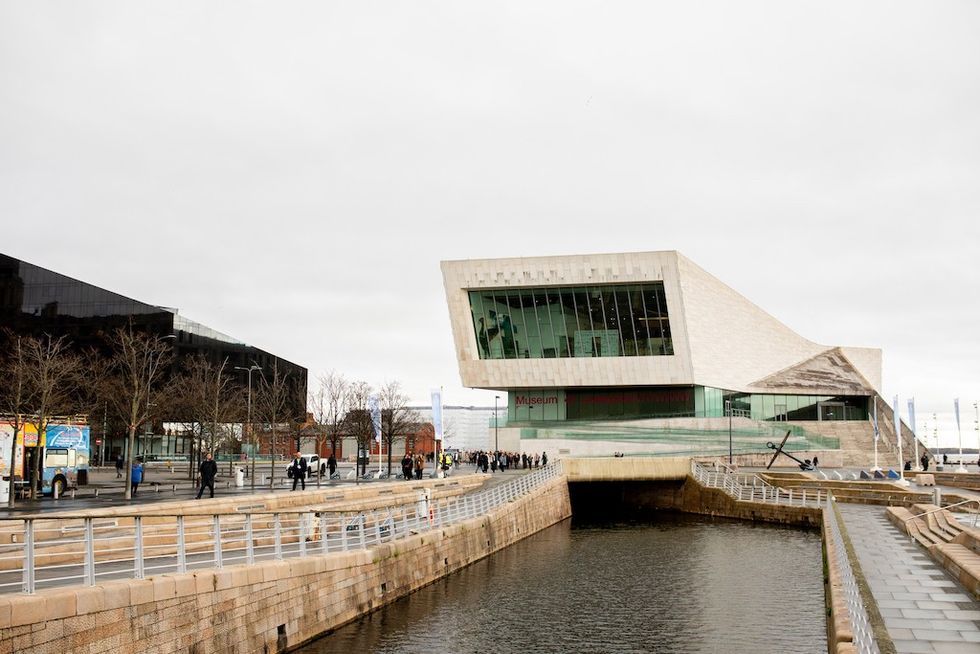 Liverpool Museum
Liverpool Museum





 Guests display a commemorative UN stamp sheet marking the 100th anniversary of the Palace Museum at the UN headquarters in New York, May 2025 (Xinhua)
Guests display a commemorative UN stamp sheet marking the 100th anniversary of the Palace Museum at the UN headquarters in New York, May 2025 (Xinhua)





